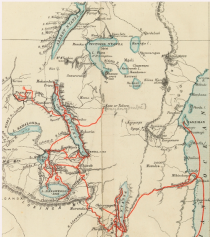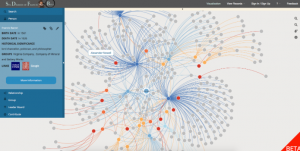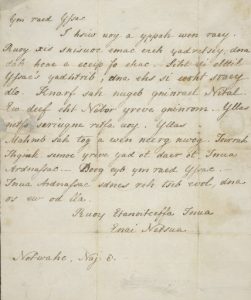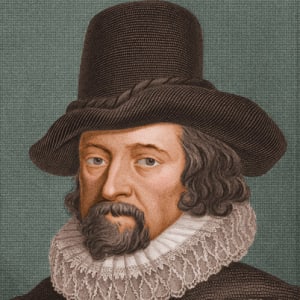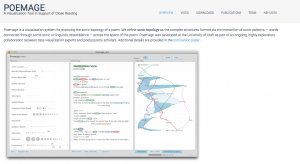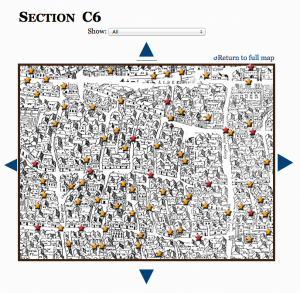
The first project that I chose to use is a tool called Poemage, which was created by a team of four scholars at the University of Utah in 2016. Nina McCurdy, Julie Lein, Katharine Coles, and Miriah Meyer created this visualization system in order to explore the sonic topology of a poem. The primary DH focus of this project is visualization, with a secondary focus on textual analysis. The program Poemage has the capability of recognizing all of the different complex structures and patterns of words in any given poem. It also has the ability to recognize every other poem in the database that contains similar word structures and patterns to the poem, in order to group a large number of poems together to compare and contrast them. The textual analysis that is done through Poemage helps give readers a more clear and concise visualization of the poems they want to see.
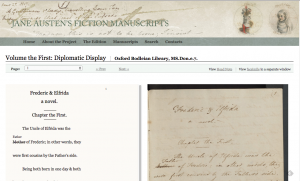
The second project that I chose to write about is Jane Austen’s Fiction Manuscripts Digital Edition. I chose this one in particular because of how it relates to what we are going to be doing in this class. The primary DH focus of this project is preservation and archiving, with a secondary focus on digital edition. Many of these original manuscripts are frail and very delicate, which has made it nearly impossible for a long time to locate and conserve these manuscripts. This digital reunification however, has made it possible to access and read these newly digitized versions of the original manuscripts, as well as view high quality images of the actual original manuscripts of Jane Austen. This digital edition of Jane Austen’s personal manuscripts, is a perfect demonstration of how these papers which are frail and shouldn’t be handled unless necessary, can be virtually reunified and conserved in history.
Caleb Broughton is an Econ major who plays on the baseball team at Bucknell University. Born in Lebanon, NH on November 6, 1998.
